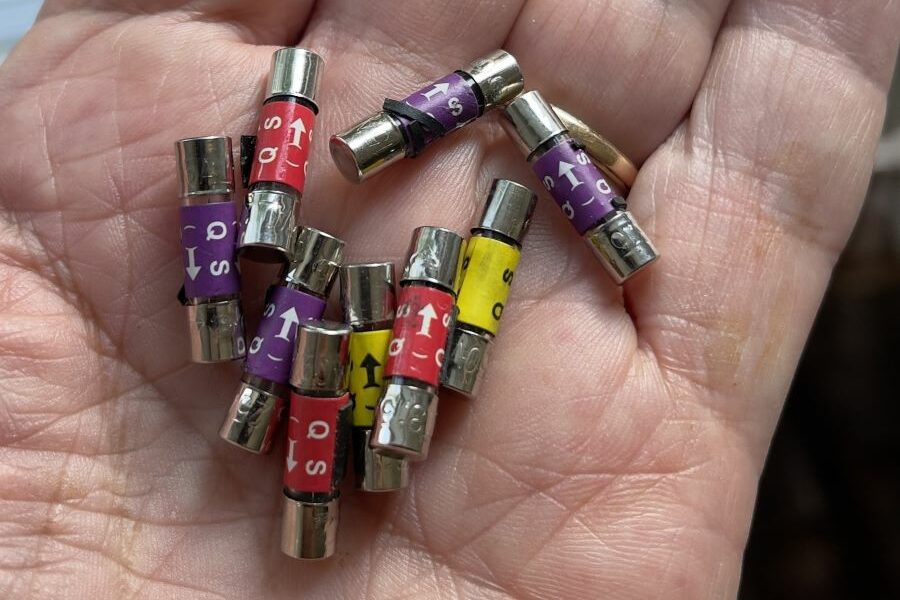Not that long ago, all of a sudden QSA (Quantum Science Audio) fuses were on everybody’s lips, inside the audiophile community at least. And not only that, some hi-fi reviewers and discussion forum praised the sonic contribution of the QSA fuses while being horrified by their price. A thousand dollars for a fuse! What madness! What a hoax!
A thousand dollars! Of course I got interested! Of course I had to try them. I love tweaks. I love the activity of tweaking. Not surprisingly I’ve been into various audio tweaks and accessories for more than twenty years, during which period, I’ve tested almost every conceivable tweak starting from: fuses (Synergistic, H-Fi Tuning etc.), harmonizers (Stein etc.), resonators (Schumann etc.), pots and sugar cubes (Frank Tchang etc.), transparent gemstones, dubious record cleaners etc. etc. … you name it, not to speak of power cords, power conditioners and so on. Most of the items are still in where I first installed them.
Whenever I’ve reported about my findings, the reception and reaction has varied from compassion to rejection, like-minded people being mostly encouraging, the opponents claiming bluntly that I’ve only heard “pure air”. It would seem natural to ask these opponents, which fuses, or any other tweak or accessory for that matter, have they themselves experimented with? If any? But I do understand that such a question would be futile because what matters for these people isn’t whether one has personally made the effort to assess the effect, but the principle that there can be no difference on the perceptual level unless there is a relevant difference on the factual (physical) level. Combined with the second premise that there are no relevant factual differences between fuses etc. etc. (almost anything but loudspeakers, and often even including loudspeakers), it necessarily follows that there can be no audible differences between fuses etc., and therefore no need to try them. Thus, if somebody makes the claim that there are audible differences between fuses etc., it can, a priori, be judged that he or she tells more about him/herself, rather than of the tweak in question.
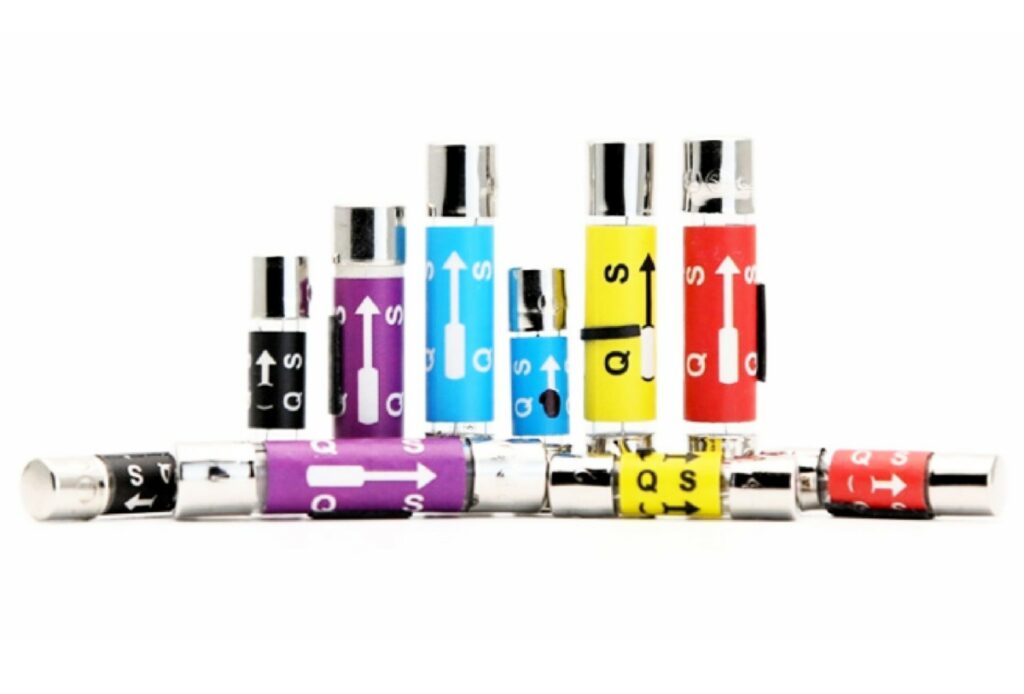
I’m not in a position to assess whether ‘science’ knows enough to support the second premise. The QSA webpage claims that their fuses are designed to reduce “bottle-neck distortions” leaving the listener with an extremely dark, ultra low noise background from which the music can emerge untainted, more dynamic and more alive. Improvement in sound quality is claimed to be 70 to 80% in comparison with 20% to 30% improvement of the AC power cord. To achieve all this QSA fuses employ the “proprietary Musical Metal Molecule Alignment Technology (MMMAT) and Metal Active Technology (MAT) enabling a more efficient flow of electrons and so allowing for greater conductivity”.
Whatever the cause-effect chain in this case might be, my problem with my opponents is not physics. My problem is that the main point seems altogether to be missing here. As far as I’m concerned, the main point is that deep down, fundamentally, hobbying is about feverishly experimenting with whatever one gets at hand, endless curiosity, passion, enthusiasm, amazement, enlightenment even, obsession over hundreds of details (most of which have nothing to do with sound quality), turning every stone possible to improve the system, not forgetting the rich variety of emotions related to this process. On this side of the hobby the anti-tweak camp appear to be childishly blind, so much so that from the hobbying point of view, the camp can entirely be ignored and overlooked. Never mind. From now onwards, I’m going to be grotesquely subjective, just reporting whatever I believe I hear, my immediate reactions and feelings … that is, I just do what a normal enthusiast would do in embracing the richness of audiophilic experience.
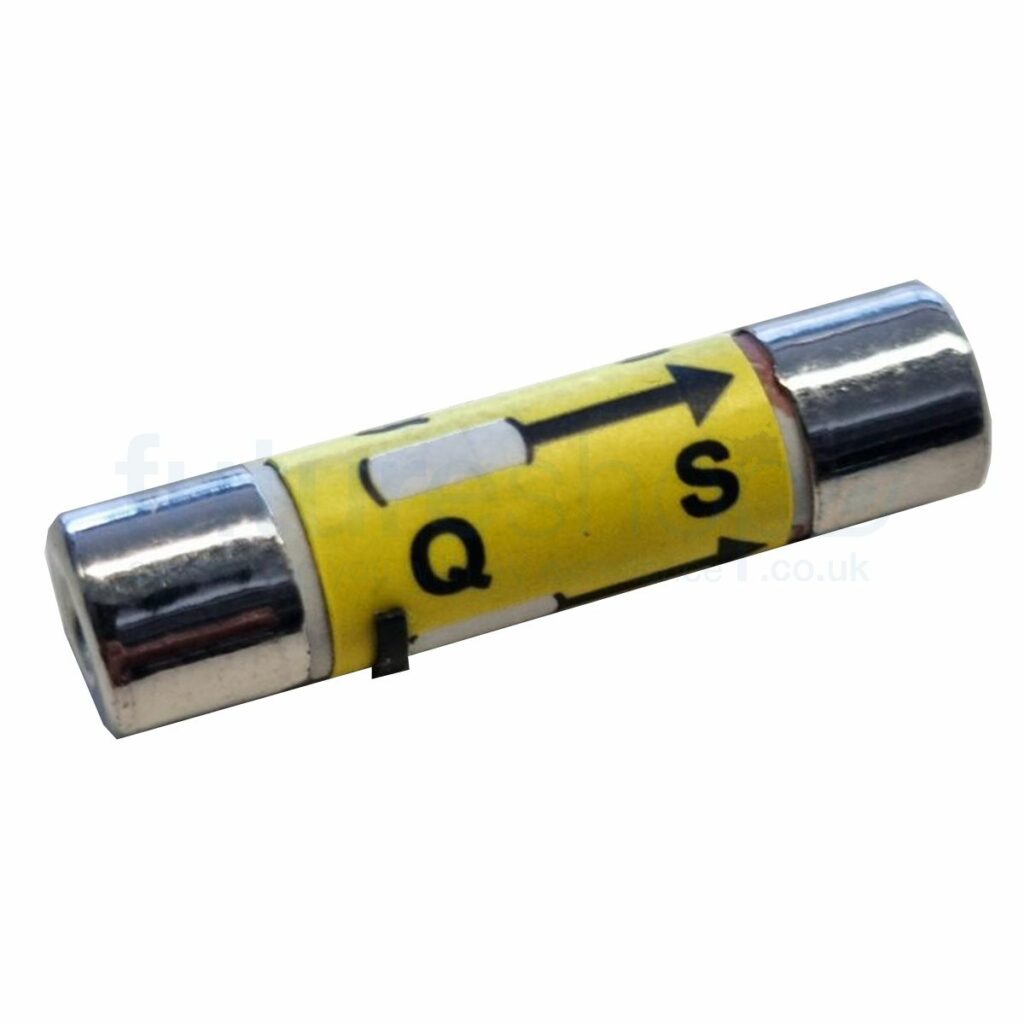
The QSA fuses
After dozens of Instagram messages with the QSA owner and designer Steven Tsang Yick Man, in Hongkong, I received a box of QSA fuses of different color (yellow, purple, red from low to high), plus two spacers for power cords. Since these were matching fuses, I got straight to the point, and inserted the entry-level Yellows into my amplifiers. I quickly replaced them, however, partly because I was not able to detect a significant change in sound, and partly because I was too eager to move to the next level, the Purple ones (violet). The Purples proved more promising. Purely psychophysically, they appeared to improve the balance between treble and bass, and in some mysterious way to provide a better access to the essence of the music itself. They also added a decibel or two to the loudness of the sound.
Not unequivocally though, because for some inexplicable reason, the QSA Purples appeared not be at home in my Macintosh 275 and 2300 tube amps, which became evident when I instead installed the fuses into my BelCanto DAC, and Go/l (that is, GÖL with a slash) digital processor. Now I was a way more happy with the effect.
The QSA fuses require minimum 200 – 300 hours playing time, before they give their best. I kept the DAC and the processor on around the clock, from May 2023 until October 2023. Every morning I woke up to listen for possible progress. In my experience the sonic character of the system, equipped with the QSA fuses, does indeed change over a time span of a couple of months. As I’m writing this, two Purples and one power block are still in their place.
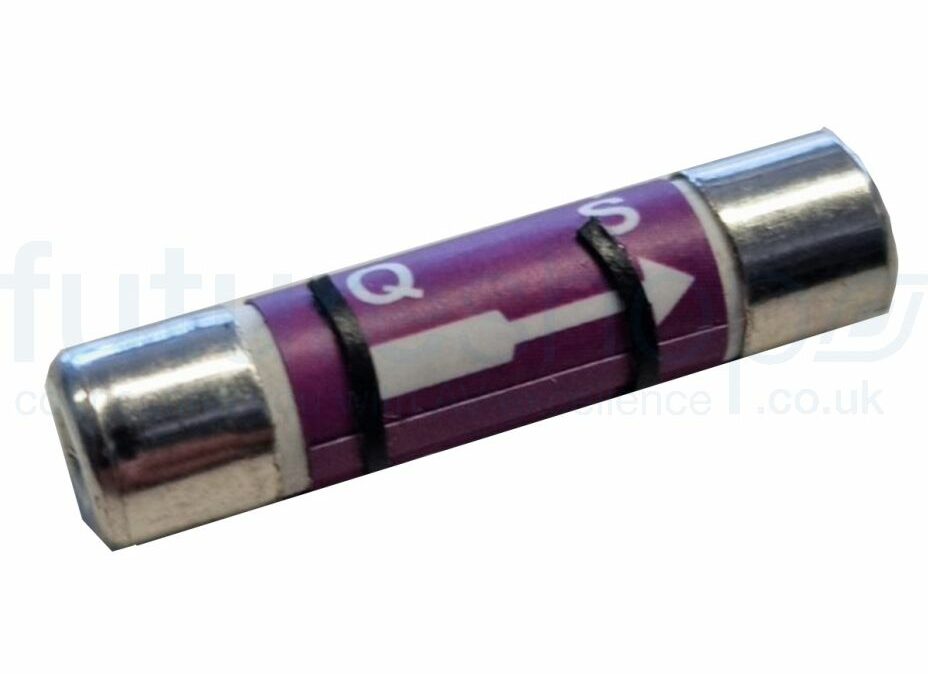
So, what was the sonic problem with the tube amps? The problem was that the QSA fuses somehow appeared to reduced the size of the sound, and made them sound as ‘digital’ products, something that I didn’t notice with the digital devices. The longish break-in period didn’t change the end result in this regard.
And now the story gets even wilder. It was not only tube amps (tubed devices) that were at odds with the presence of the QSA fuses, but clearly they didn’t go well with Holger Stein’s Harmonizers either. This is exactly what happened years ago when I first tested Synergistic’s fuses. Why, I have no idea. But the effect was clear: if both were on at the same time, the sound shrank. I ended up setting Stein’s Harmonizers in a passive mode (zero) whenever the special fuses were in work. Amazingly, Schumann resonators continue to improve the sound like before despite the presence of the QSA fuses.
All in all, my impression of the effect of the QSA fuses is largely positive. They sure question the concept that fuses are just passive, cheap piece of wire inside a glass tube. At their best, they are a dynamic element that is able to boost the performance of a device with new energy. I personally visualize the QSA fuses as circuits that have their own function in the system, and trust that the company knows what it is doing. If I were a passionate tweaking-oriented audiophile, with expensive gear, I’d give them a try. Particularly in a digital device or solid state amplifier, starting from the sound source and from there proceeding downwards.
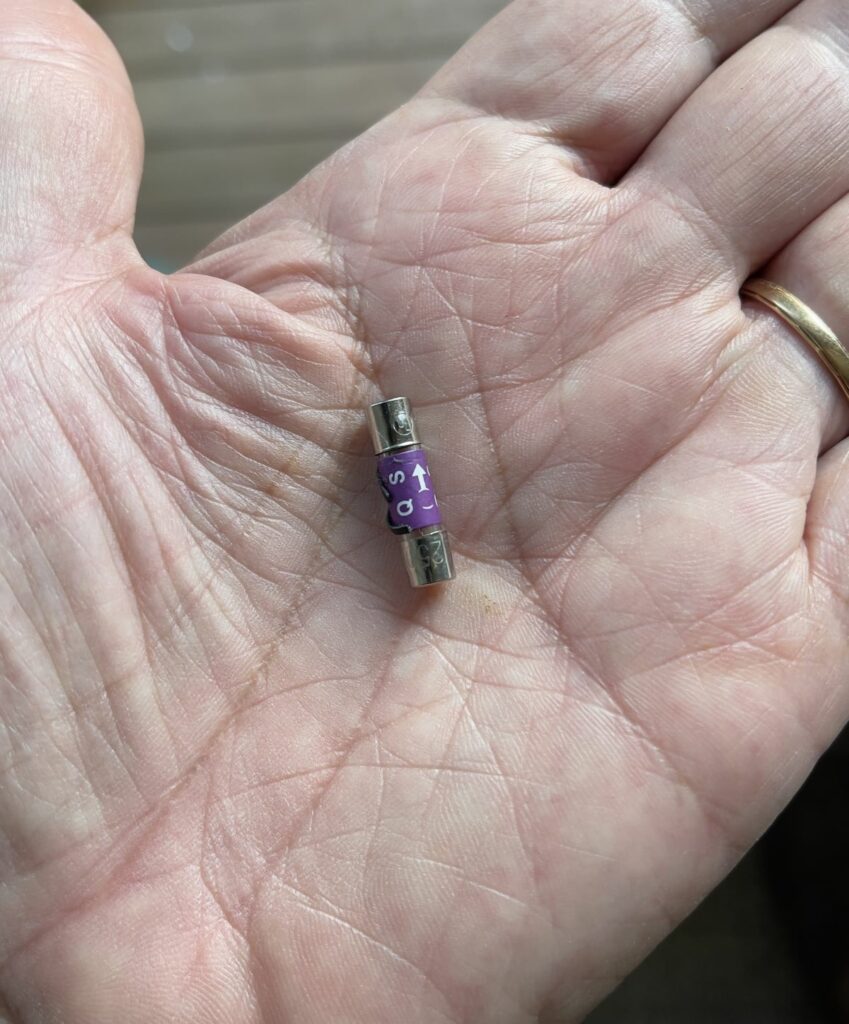
Yes, that price. Cracy, of course. Hi-Fi tuning’s fuses cost 60-80 euros each. The price of the QSAs is tenfold. I’m not going to defend QSA’s pricing policy, but I can’t honestly imagine a situation, in which an enthusiastic audiophile who has invested tens of thousands or hundreds of thousands in his electronics, would then begin to worry whether he should buy 2 or 3 special matching fuses in order to see and hear if the system’s performance could be further improved, not perhaps much but just by that small but meaningful increment. Everything’s relative.
Some of the music samples used in this test:
Max Richter’s hauntingly beautiful One Nature of Daylight contains very low bass sounds, which are difficult to control and begin to live a life of their own. The QSAs brought new cohesion to the music and put the low frequency department in order.
Virtuoso bassist Renaud Garcia-Fons’ track Prayer Song features a massive drum that should play and resonate for a long period of time. An excellent test track to evaluate the QSA fuses: I could watch the resonances of this very low drum develop into their glory. Great experience.
The recently deceased jazz guitarist Chuck Loeb’s guitar should be reproduced from a close distance and fully on the track Appreciation. The sound quality is really great and should fill the entire space between the speakers. The QSAs brought up the sound just right.
My system:
Macintosh 275 (two), Macintosh 2300 preamp, Sonic frontiers phono one, Elac subwoofers (two), Transparent cables, Tellurium cables, YG speakers, Technics SP-10 turntable, London Decca Ref cartridge with tangential arm. Power conditioning, Hydra 8, Hydra 2 (several) Tsakiridis power conditioner. iFi streamer, Bluenote streamer. 5G network. Tidal, iTunes digital music services.


